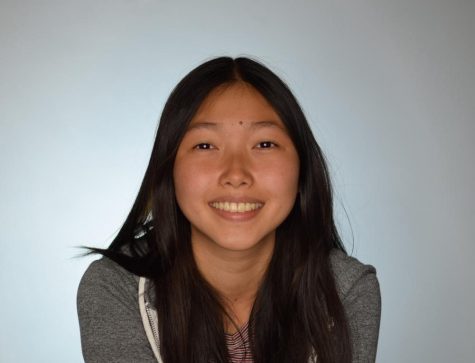 From the traditional Persian Haft-Seen to making mochi, different cultures have their own unique ways of welcoming the new year. Although not all of these celebrations fall on the same day, students can be seen celebrating their heritages and hoping for good fortune in the upcoming months.
From the traditional Persian Haft-Seen to making mochi, different cultures have their own unique ways of welcoming the new year. Although not all of these celebrations fall on the same day, students can be seen celebrating their heritages and hoping for good fortune in the upcoming months.
For sophomore Kamyar Moradi, New Year’s is not complete without a full table. Each year, Moradi celebrates Persian New Year (Nowruz) with his family by setting a table with seven traditional Persian items that begin with an “s” in Farsi — speci cally, wheat sprouts (sabzeh), wheat pudding (samanu), dried oleaster fruit (senjed), garlic (seer), apples (sib), berries (somaq) and vinegar (serke).
“The history behind [Nowruz] is that, for Iran, they have a different calendar than what a lot of other countries celebrate,” Moradi said. “They have their own traditional thing, where their New Year [is] considered the beginning of Spring.”
Each of the seven “s”words carry their own meaning for the following year, from good health to rebirth. Junior Ryan Hada also celebrates Persian New Year by decorating the Haft-Seen table, although most of the preparations are done by his mother.
“She’ll always have a hundred dollar bill in this Persian book [and] once New Year’s comes, we all get the money from it,” Hada said. “There’s also a big plant that we always put on the table. After New Year’s we’re supposed to throw it in a river.”
Half Persian and half Japanese, Hada also embraces his Japanese heritage by celebrating the new year early in the morning at his grandparents’ house. There, they use a machine to make mochi, which is then molded into small spherical shapes after being prepared. A portion of the mochi is eaten at the get-together, while some of it is stored in the freezer to be eaten throughout the year.
“I think it has something to do with good luck throughout the year, but now we just do it to get together with family and friends sometimes too,” Hada said.
Hada appreciates being able to share the festivities with both his friends and family, which is also a tradition for sophomore Katherine Chen, who eats dinner at a Chinese restaurant called Dynasty with her relatives each year. Since Chinese New Year is based on the lunar calendar, the date varies depending on the year. In Chinese culture, each dish is representative of a wish for the new year, such as good luck and happiness.
“We eat this whole steamed fish which symbolizes that every year you will have plentiful things to be left over,” Chen said. “We also eat dumplings because they look like old time money in ancient China. My grandma usually gives me money, called hong bao.”
Although she enjoys partaking in the celebration of Chinese New Year, Chen does not really believe that these foods can bring her good luck, and sees the celebration as simply a chance to go out and eat with family. To her, it is more of a family gathering, meant for bringing her relatives closer together.
“[The significance of the new year] is just trying to continue learning … who you are,” Chen said. “Not forgetting the mistakes you made, but trying to improve yourself next year.”
Just as Chen views Chinese New Year as a way to connect with family, Moradi also finds himself being drawn back to the roots of heritage during Persian New Year.
“It definitely makes me always remember where I’m from,” Moradi said. “And it’s good to hold onto that, and it’s a nice celebration to have with your family — celebrating a new year, new beginnings, and during a great time.”










